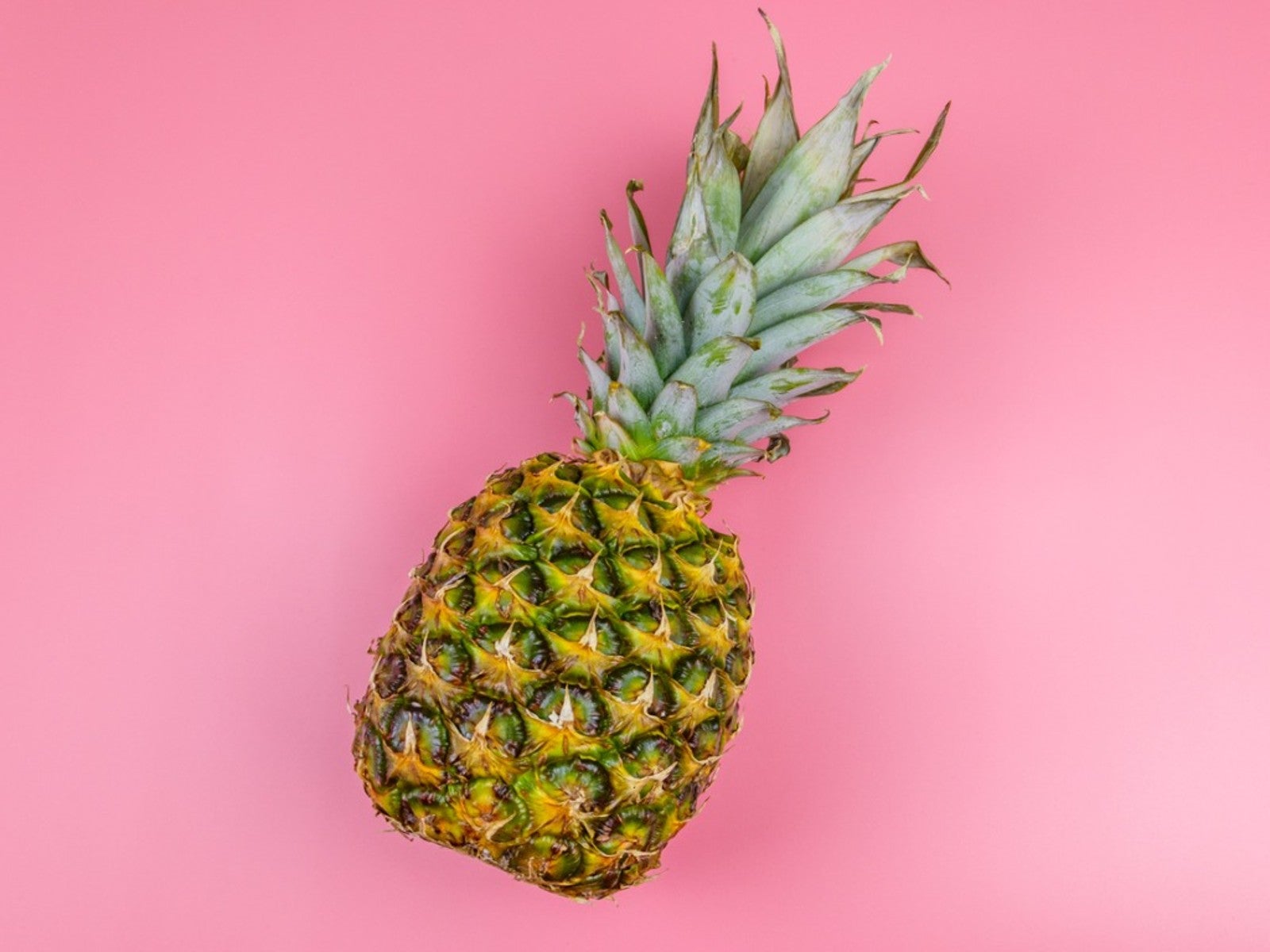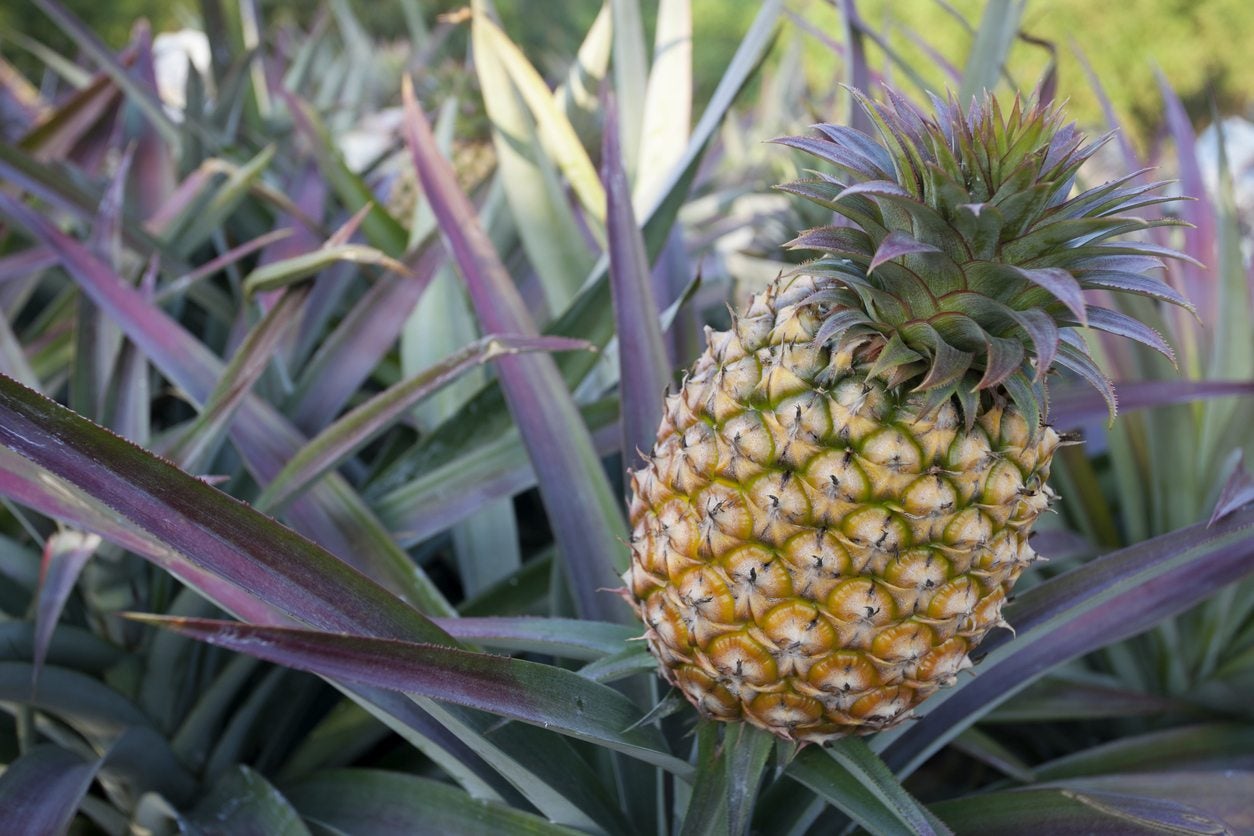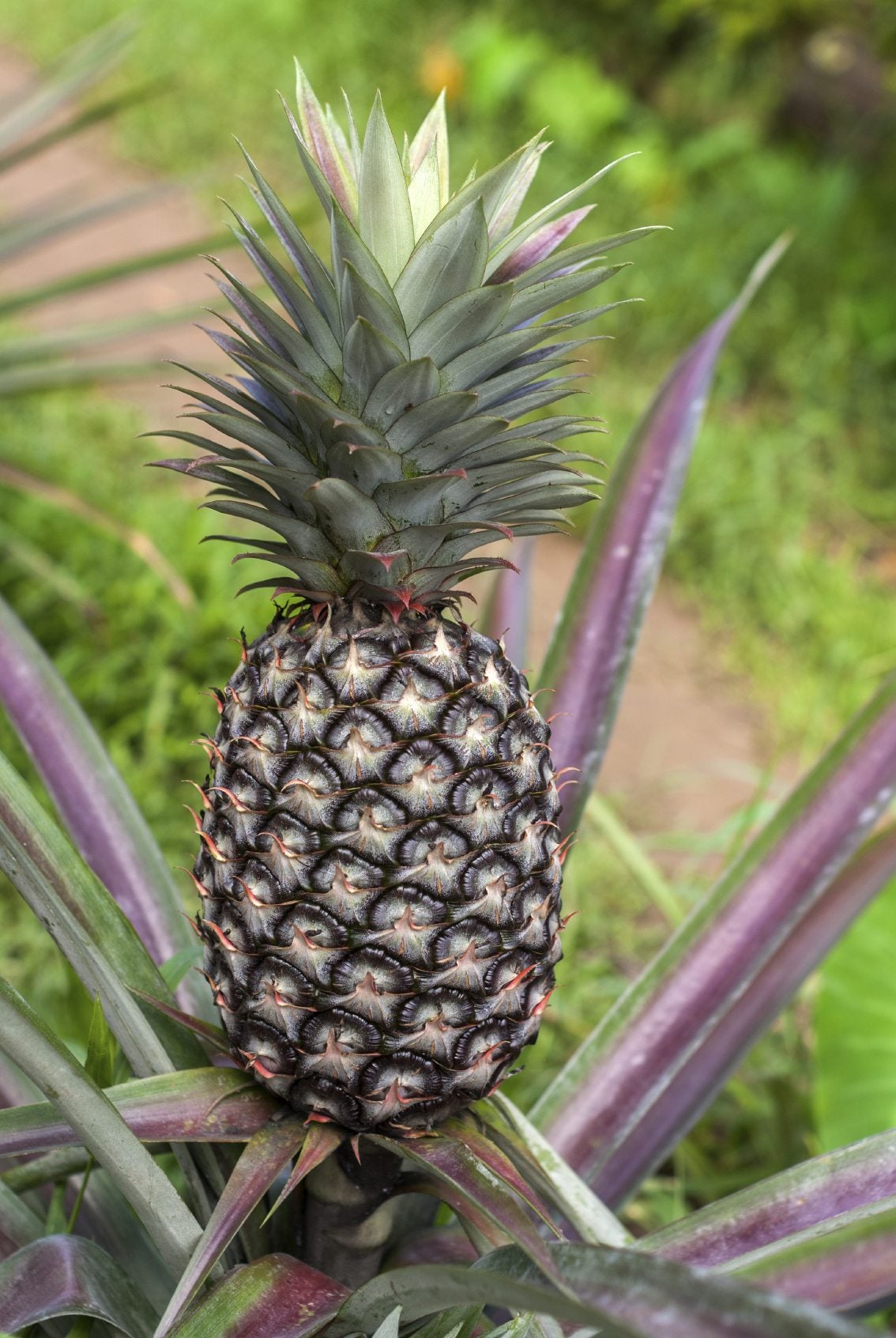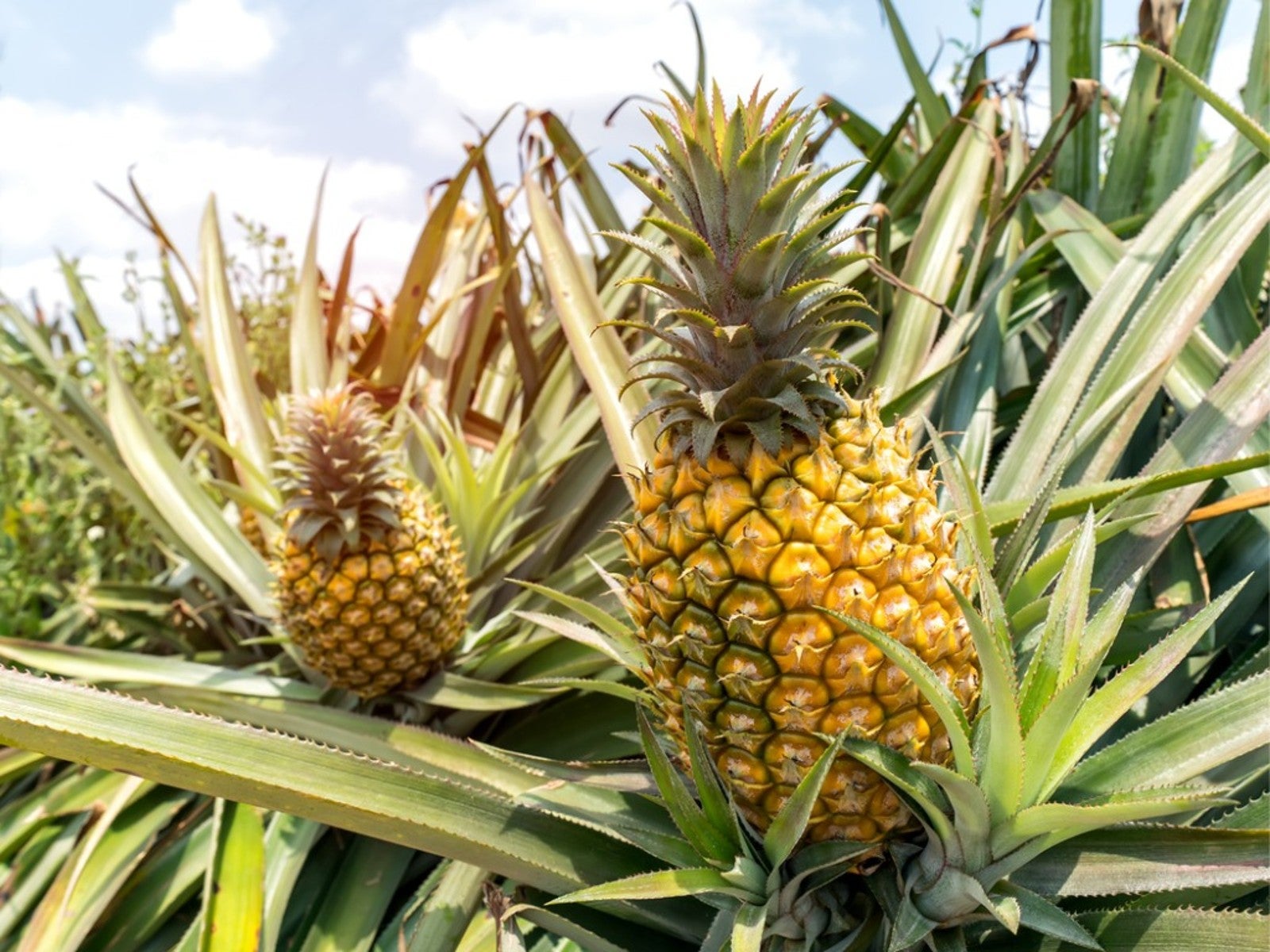Dealing With Pineapple Problems: Managing Pineapple Pests And Diseases


Growing pineapples isn’t always all fun and games, but you can produce a perfect pineapple with helpful information about pests and diseases that affect this plant. Read on to learn about common pineapple pests and plant diseases so you know what you should be watching for as your plant develops and how to treat issues in pineapple.
Dealing with Pineapple Problems
There is something truly intoxicating about the rum-like smell of a properly ripe pineapple, but when you’ve grown that fruit yourself, the experience can be almost transcendent. Since it can take many months for a pineapple fruit to mature, however, the plant has a lot of opportunities to develop disease or pick up pests, like beetles. Fortunately, most common pineapple problems are simple to correct. Pineapple plant diseases and pests can ruin an otherwise promising harvest, but if you already know how to identify common issues, you can be proactive about managing them. These are some of the most common pineapple problems and some hints for dealing with pineapple problems: Mealybugs and scale. These sap-sucking pineapple pests love pineapple as much as you do, so check the undersides of leaves of your plant regularly. With mealybugs, you’ll notice fluffy, wax-like material building up near the fuzzy looking insects. Scale may be less obvious, since they may be hiding under waxy or cottony covers. Both can be treated the same way, using horticultural oil, either by spraying or dipping the whole plant if mealybugs are present at the base of the plant. Nematodes. Various nematodes are attracted to pineapples, ultimately resulting in a sickly plant, reduced fruit production, and a generally steady decline. Ridding yourself of nematodes is difficult, so it’s best to not encourage them to begin with by using clean, sterile medium for growing pineapples indoors or in a greenhouse. A three-year crop rotation with grasses like green foxtail grass are recommended for pineapples in the garden. If you already have nematodes, the best plan of action is to support your plant with good feeding and watering practices, then dispose of it after fruiting, if successful. Top rot and root rot. These two common fungal diseases can be controlled the same way, though they are caused by different pathogens. Root rot’s only visible sign is a plant that looks like it needs to be watered, with drooping leaves and general signs of distress. Top rot may eventually show up as dead leaves around the center of the plant. Both are caused by overwatering or poorly drained soils. Immediately changing watering practices and repotting in clean, dry soil can help with potted plants, outdoor plants will need bed drainage improvements and paper mulching is recommended. Crookneck. Occurring mainly in plants 12 to 15 months of age or suckers, crookneck is caused by a zinc deficiency in the soil. Heart leaves may become twisted, brittle, and yellow-green and the plant itself may bend over and grow in a nearly horizontal position. Eventually, small blisters may form, then develop into gray-brown sunken spots. Treatment is with a one percent solution of zinc sulfate to correct the mineral deficiency.
Gardening tips, videos, info and more delivered right to your inbox!
Sign up for the Gardening Know How newsletter today and receive a free copy of our e-book "How to Grow Delicious Tomatoes".

Kristi Waterworth was a regular contributor to Gardening Know How for many years, answering countless queries on plant pests and diseases.
-
 12 Lush Alternatives To A Lawn For Sustainable Spaces
12 Lush Alternatives To A Lawn For Sustainable SpacesAlternatives to a lawn are beautiful and also beneficial to your local ecosystem and its pollinators. Explore our top picks for plants to replace grass.
By Tonya Barnett
-
 Types Of Tomatoes Explained: Explore The Many Wonderful Shapes, Colors, Flavors, & Best Uses
Types Of Tomatoes Explained: Explore The Many Wonderful Shapes, Colors, Flavors, & Best UsesThe world of tomato varieties is vast and fascinating. Learn about the key types to grow in your garden, tailored to your preferences and space.
By Amy Grant
-
 Pink Pineapples: Learn About Super Sweet Pinkglow Pineapples
Pink Pineapples: Learn About Super Sweet Pinkglow PineapplesWhat is a pink pineapple? If you've never seen a Del Monte Pinkglow® pineapple, you're in for a special treat.
By Laura Miller
-
 Pineapple Plant Fruiting: Do Pineapple Plants Fruit More Than Once
Pineapple Plant Fruiting: Do Pineapple Plants Fruit More Than OnceHave you ever wondered about pineapple plant fruiting? For instance, how often does pineapple bear fruit? Do pineapples fruit more than once? If so, does the pineapple die after fruiting? Find the answers to these questions in this article.
By Amy Grant
-
 Pineapple Harvesting: Tips For Picking Pineapple Fruits
Pineapple Harvesting: Tips For Picking Pineapple FruitsI have a devil of a time picking the ripest fruit when I'm at the grocer's. How about picking pineapple fruits from homegrown plants? How do you know when to pick a pineapple and how to harvest a pineapple plant? Click here for more info.
By Amy Grant
-
 Growing Pineapples: Learn About The Care Of Pineapple Plants
Growing Pineapples: Learn About The Care Of Pineapple PlantsWant to grow your own pineapple in a pot or even in your garden? Click here to learn how to grow pineapple plants.
By Amy Grant